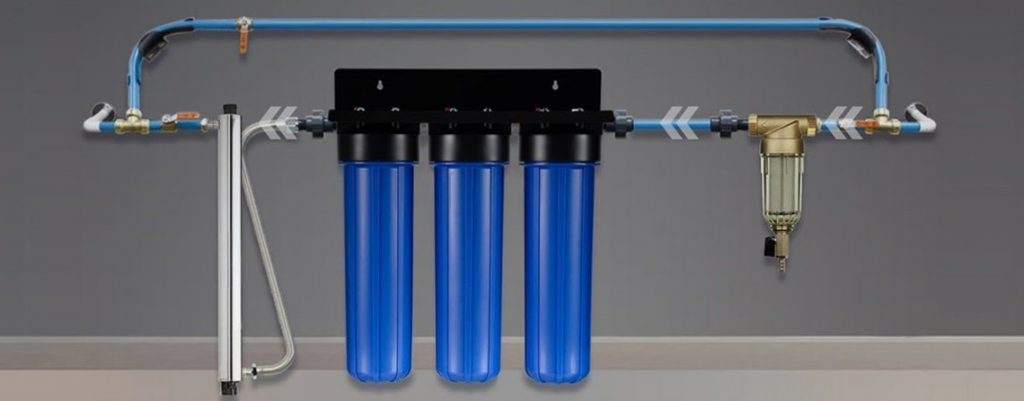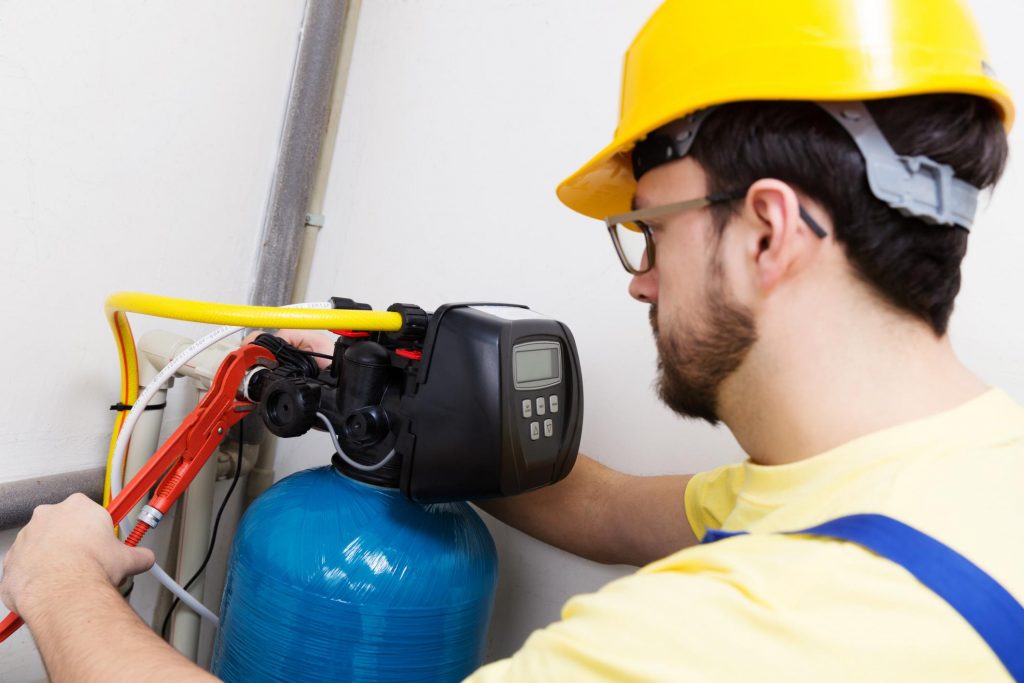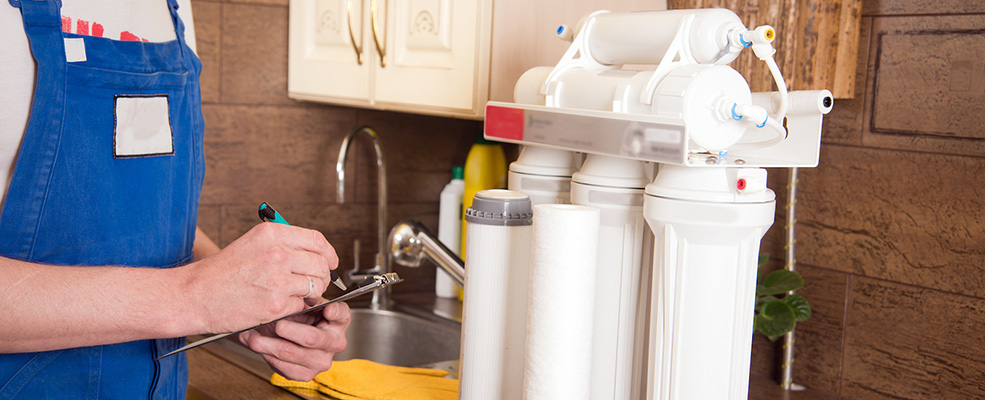Tens of kilometers of water pipes that have accumulated a huge amount of corrosion products, organic compounds and other contaminants during the years of operation will pass through the water before it enters our kitchen. This almost negates all efforts spent on primary water treatment. All this can have a direct impact on our health. You should not be tempted by a cheap product and install the first filter under the sink, especially when it comes to such a technological solution as reverse osmosis system. It is easy to guess that such difficult devices are got only at the checked up manufacturers to avoid risk to break into a fake. If you need a water filtration system installation, you should also contact a professional.
What is the basis for the operation of the reverse osmosis system?
Osmosis is a process in which a liquid with a smaller volume of dissolved substances seeps through a semipermeable membrane into a liquid with a higher concentration of substances, i.e. saturation of the solution occurs. In the process of reverse osmosis we can see the opposite picture: a liquid with a larger volume of dissolved substances seeps through a semipermeable membrane into the solution with a lower concentration, i.e. the process of cleaning the liquid from the impurities dissolved in it. The structure of the membrane allows only particles whose size is comparable to the size of water molecules or smaller particles to seep into the unsaturated solution. The membrane remains permeable to oxygen, chlorine molecules and parts of other elements.

In ancient Greece, sea water was desalinated on a primitive level using the reverse osmosis effect. In the 70s of XX century, this effect was reflected in industrial application, when the development of technology has allowed the mass production of membranes from synthetic fiber. Later, based on the experience of industrial application, the production of household filters used in reverse osmosis systems was also established.
What is the difference between reverse osmosis systems and domestic filters?
Reverse osmosis systems are available in various versions and differ in size and performance. Based on these characteristics, reverse osmosis systems are classified into three main groups:
- Reverse osmosis household systems. They are installed in private houses, apartments and small organizations. The capacity of such devices is enough to serve the needs of one family or a small company staff;
- Reverse osmosis systems for commercial purposes. These designs of the big dimensions and the raised productivity. Suitable for use in restaurants, cafes and other catering establishments. They can also be used in small production facilities;
- Industrial reverse osmosis systems. Professional large-size equipment that uses large spillage plants for bottled water treatment and other large enterprises.
Domestic reverse osmosis systems

They are compactly placed under the kitchen sink. If space is limited there, the entire structure, or only the storage tank, can be placed in an adjacent cabinet or adjacent bathroom, which uses long connection tubes. There are two ways to supply purified water from the reverse osmosis system:
- Installation of a separate drinking tap, which comes complete with a reverse osmosis based filtration system. The colour and shape of the tap can be selected separately so that it does not break out of the overall design concept of the forge;
- It is also possible to install a combined crane. It combines the functions of a classic kitchen mixer tap with those of a drinking tap – a separate water supply channel from the reverse osmosis system is specially provided.

